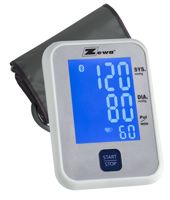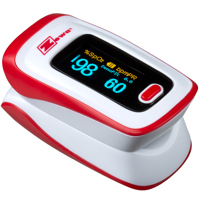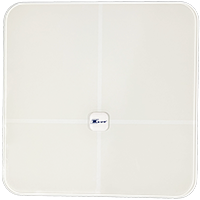Frequently Asked Questions

What You Want To Know About Pulsario
-
Evolving technology is altering the way healthcare is delivered, and remote patient monitoring (RPM) is leading a transformation in primary and specialty care settings.
Remote patient monitoring has many forms but can be the electronic delivery of things such as blood pressure, pulse, weight, blood sugar and wearable sensor data.
The purpose of remote patient monitoring is to keep you connected to your healthcare provider to avoid disease progression, keeping you out of the hospital and to lower the overall cost of healthcare.
-
Pulsario’s revolutionary Remote Patient Management System includes remote patient monitoring (RPM) AND in addition to this incorporates your medical profile, combines your information with the latest clinical guidelines, clinical research and most advanced medical therapies, so that you can be provided a precise medical approach to your care.
One of the biggest benefits for the patient, outside of possibly saving their life, is the peace of mind Pulsario provides, knowing that there is a system in place if problems arise.
- During enrollment into Pulsario, healthcare teams input the patient’s health information including past medical history, previous encounters, social history, current medications and other relevant health data.
- Based on the information provided, Pulsario calculates a proprietary risk score to further evaluate needed elements to optimize your health.
- After the intake process is complete, the system calculates individualized goals for the patient and offers state of the art suggestions to the provider.
- Each day patients or their caregivers input vital signs, and other parameters into the system. In some instances (like with our wearable monitors), this is done automatically for you
- Pulsario assures input data meets the patient’s individualized treatment directives.
- If daily patient data falls outside the treatment goals, an alert is sent to the provider on duty for immediate assessment. It’s like bringing the heart specialist with you everywhere you go!
- The Pulsario system prevents delays in improving healthcare by a constant connection to the provider.
- Pulsario helps to avoid unnecessary healthcare requirements and reduce cost..
-
Each day patients or their caregivers track their vital signs with these Bluetooth devices — weight, blood pressure, oxygen saturation.

Blood Pressure Monitor

Pulse Oximeter

Scale
-
Once patients understand how RPM technology works, the benefits are numerous. Patients participate more in their health, which typically improves outcomes and reduces costs. RPM helps remove or at least reduce barriers to care, such as transportation, geographic location, climate, and financial hardship thanks to the reduction in number of in-office visits and possibly emergency room visits. Patients have better access to their health information and can recognize trends that encourage them to take action concerning their health sooner. RPM can also help practitioners make informed decisions that reduce a patient's number of medications or lead to more effective prescribing decisions.
-
The Pulsario app is available on both iOS and Android. Click below to download.
Patients should contact their doctor before downloading to ensure that their clinic uses PULSARIO. The application is available at no cost to patients. However, they will need to be registered by their physician in order to log in to the software.
-
A few statistics from the Centers for Disease Control and Prevention (CDC) show why there is increasing demand and need for RPM within cardiology. It is estimated that nearly 1 out of 2 U.S. adults has hypertension, with most of these adults failing to have their hypertension under control. Estimates also suggest that upwards up 6.1 million people in the United States have atrial fibrillation (AF) — a figure that will rise as the population ages. Finally, CDC estimates indicate that more than 42% of the American population was considered obese in 2017–2018, which is up from about 31% in 1999–2000.
The demographics of cardiology patients are the demographics that stand to benefit the most from RPM. They are generally older patients with chronic conditions that can exacerbate without easily self-identifiable symptoms until a health crisis.
Additionally, the above-noted disease states often require medication changes based upon the data that can be easily captured via RPM devices. This adds convenience for patients and cardiology practices without the need for unnecessary office visits.
While we still have a lot to learn about the direct effects of RPM on patients with heart failure, the American Heart Association notes there has been evidence suggesting that RPM lowers the risk of heart failure hospital admissions and mortality. RPM can greatly increase the quality of life for such patients and help detect trouble much sooner. According to the American Heart Association, "Recent clinical guidelines strongly recommend the use of RPM for AF detection in both stroke and non-stroke patients."
The American Heart Association also states, "Research has shown RPM can reduce systolic blood pressure and diastolic blood pressure significantly compared to usual care and self-monitoring alone."
Since the volume of patients requiring care is continually increasing, delivering care for everyone who needs it can be overwhelming, even for the most efficient practitioners. RPM can be an easy solution to this time-management conundrum that also improves outcomes and increases patient accountability in their own health.
Medical Website Designed & Developed by




